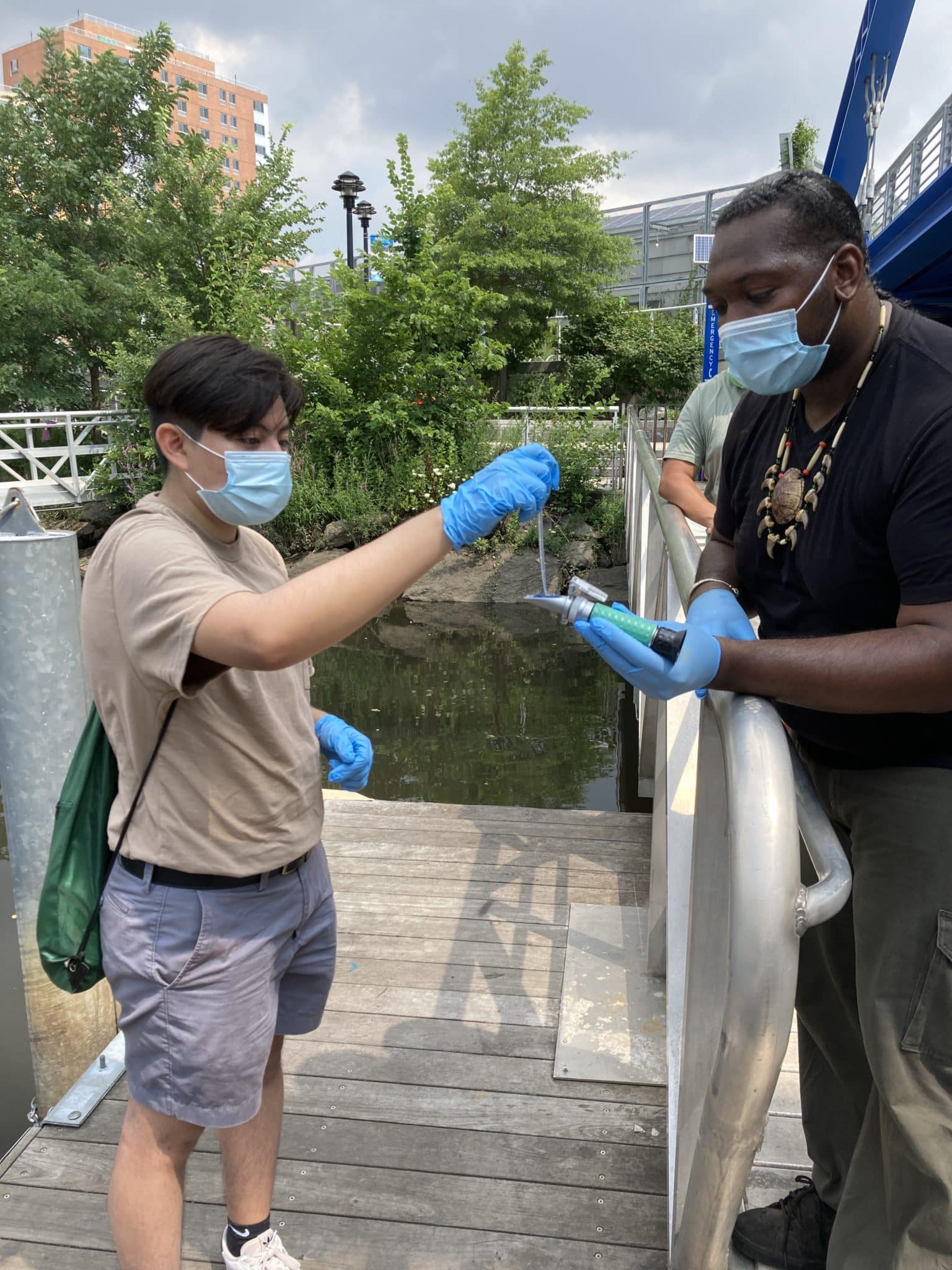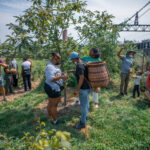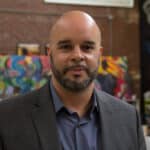* To access resources to support indigenous communities and for more information about the “Reflections of the 16th Century” event, please scroll to the bottom of this page.
—
When we envision a place, we think about it in terms of what it is today. Something that may not cross our minds as often is how it evolved to become that way and the generations of people contributing to those changes. The Bronx River exemplifies this.
The Bronx River can be understood as a story of hope, revolving around the efforts of organizations such as the Bronx River Alliance, Youth Ministries for Peace and Justice, and Bronx residents to transform the area from urban decay to a green space for people to enjoy. But what was the Bronx River before this period of restoration? Every corner of America has been affected by colonialism, and the Bronx River is no different. It is, therefore, essential to understand the histories and traditions of the indigenous people of the Bronx River. In a celebration of Indigenous People’s Day, we’re bring to you an interview on the indigenous history of the Bronx River from Rodrick Bell and Stephen DeVillo.
Rodrick Bell and Stephen DeVillo are both intimately involved in the Bronx River Alliance. Bell is the Recreation Coordinator, and he has been with the Alliance for five years. He lives along the East 180th street section and has been there his whole life. He is of Virginia Powhatan descent (South Eastern first contact indigenous people who have been on Eastern territory for over ~12,000 years), and he has made it his mission to communicate the culture of the people within his community as well as get a better grasp of nature. DeVillo was the Development Coordinator of the Alliance from 2006-2011. Also, a native Bronx resident, DeVillo, was shocked that his home block became a spot to canoe. He is fascinated by the amount of history that exists in small areas, including within the 23 mile stretch of the Bronx River. He has written a few books, including The Bronx River in History & Folklore.
The Lenape was the group of people who had occupied the land from the southern part of the Delaware river base to New Jersey and upstate New York, this area was known as Lenape Hoking. They were divided into the Upland Lenape (the Munsi) and the coastal Lenape (Unami, the Bronx River area). Additionally, there was a sister Lenape village known as the Quinnahung on the other side of the river near Clason Point. Two to three thousand people lived in each village.
The people of the Eastern Woodlands did not consider themselves the owners of the land but “rather stewards of the land who protected the resources around them,” Bell said. When it came to taking oysters from the water, they would take the large ones so the small ones could remain and continue to contribute to the river’s ecosystem. They were mindful of how they treated the river to be considerate of how the next person may need it. They understood that everybody had a role and that it was their duty to maintain the symbiotic relationship between themselves and the nature that sheltered them.
This dynamic was considerably different from the way the Europeans interacted with the river, DeVillo noted. He explained how the British considered the river to be a boundary between the different groups. The Lenape, however, simply viewed it as a watershed. The Europeans did not value the river as a part of the delicate ecosystem. Instead, they saw it as a potential for profit. Within the first settlement, there was a watermill at West Farms in 1666. The dam decreased eel migration, which hurt people and marine life. The Europeans used it for energy and money, not caring about polluting the water. The river was once clean enough to supply New York’s drinking water. The “out of sight, out of mind” complex, as Bell described it, caused the river to become contaminated and as a result, to this day, still contains pollution.
The vast cultural differences seeped into the way Europeans fathomed the indigenous practices. Bell recounted how, when they came into his area in Virginia and saw a man in a home with 5-10 women, they thought the women were the man’s wives. What they didn’t know was that the indigenous people lived in a matriarchal society where a man was expected to move in with his wife’s family and particularly respect the women of the household. Having multiple wives was extremely rare. DeVillo also pointed out how these cultural differences could be pointed out linguistically. In English, the word “real estate” refers to the ownership of land, while the Native Americans believed that they were simply giving the Europeans leasing rights to the earth. Bell said the original name for his ancestral territories in the coastal Virginia area was “Pamahsawuh,” which means “the created world and everything in it.”
A part of understanding the traditions of the indigenous people is knowing their lifestyle. The homes the indigenous people inhabited were dependent on the season. During the summer, cattail reeds are used on the wetus. The houses were also biodegradable. In contrast, the cattail reeds would be replaced with tree bark during the fall and winter. Cedar saplings would predominantly be used because it was rot and bug resistant. Cedar poles bend easily and last for many years. In both of these cases, the material and the general dome shape sustained the structure of the homes. It allowed for proper air ventilation within one’s house and prevented it from falling over; reed mats acted as a natural gutter system and allowed the rainfall to be diverted off the sides home. This was learned after watching beavers and dams, one of the few species that can impact the environment.
Music was also an integral part of the way they live. There were canoe songs, for example, that uplifted morale during paddling journeys. There were stomp-dances, where the leader would say one thing, and the people would respond. It was similar to modern-day concerts, but it was more interactive because there wouldn’t be one main singer. The drum was an instrument that especially resonated with the people. Bell expanded on this, saying that the sound of the drum resembled the heartbeat of a mother that her baby will first hear.
The closest spiritual belief system that can define what the indigenous people practiced was animism. Everyone understood that every element had its own natural and unique origin. Everything must be respected, from the soil underneath one’s feet to the tallest trees. All resources were utilized in some way. DeVillo mentioned how the bones of beavers were returned to rivers after hunting, and if the hunter did not respect this, they would lose that role in society.
Harvests were treated as holidays. The first fruit of the year was celebrated. The strawberry was celebrated. The green corn was celebrated. They weren’t eaten, but rather their growth was honored. Birthdays were not celebrated yearly, but rather how many new moons one had lived through.
Despite everything mentioned, the amount of information on the groups of people who lived on the river is actually quite limited. Archeological evidence was not protected until the 1900s, especially when it came to Native American history. As a result, it was primarily disposed of or simply disintegrated.
At the end of the interview, the main takeaway that Bell and DeVillo had wanted people to have about the river was precisely the same: respect. Bell emphasized that the ecosystem belongs to us and urged that we give the future generations better conditions than we had. DeVillo added that lacking this mindset and instead only considering one’s own time is what defined the Europeans; they planted tobacco, which drained the nutrients of the soil, for example, not caring about who it would affect. Bell concluded that there was more than just a clash of cultures but within that a clash of ecosystems.
As the people of today, we must carry the traditions of the indigenous people with us for the rest of our lives. We are approaching a better comprehension of the value of our environment, indicated by the progress of the Bronx River. We will only continue to grow. Beyond this, we must also honor the ways that the indigenous live by this.
Special thanks to Rodrick Bell and Stephen DeVillo for the interview! To delve deeper into the indigenous history of the Bronx River alongside Rodrick and his team, join us at “Reflections of the 16th Century” on November 6th. The event, held in partnership with Moskethu Consulting, will feature a “living village” complete with authentic artifacts and demonstrations of traditional indigenous practices. Sign up HERE.
For further reading, and to access resources for supporting indigenous movements, see the links below:
Reach Moskethu Consulting’s 50 Plant Medicines to learn more about the indigenous herbal tradition.
Visit the Native Land Map to understand and acknowledge the original inhabitants of North America.
Donate to Munsee Three Sisters Farm and the Cayuga Share Farm to support food sovereignty for Indigenous communities
Sign and share the Indigenous People’s Day NYC petition to recognize this day as a holiday








